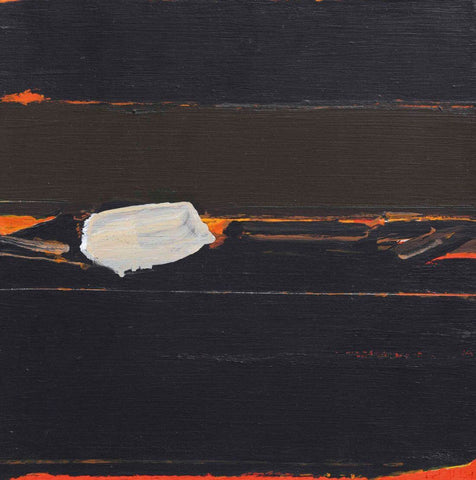
X-Large Size
Untitled (Abstract Black) Large Framed Print
Framed With Mat •
36x36 inches
|
“S H Raza” is one of the most respected Modernists of India and is celebrated for his range of styles and the uniqueness of his vision. His early forms reflect a mastery of abstraction and after years of travel, exploration, and experimentation, he returned to Indian visual idioms for inspiration in the late 1970s, culling from tantric imagery. SH Raza looked to forms as the bindu (seminal source of energy), beej (seed), and garbagraha (sanctum sanctorum or hallowed space) for inspiration. Furthermore, he ascribed color with symbolic meaning and transformed local visual traditions into universal yet deeply personal spiritual iconographies.) |
Buy Posters, Framed Art Prints, Canvas Prints & Large Art Prints

Untitled (Abstract Black) Large Framed Print
Framed With Mat •
36x36 inches
“S H Raza” is one of the most respected Modernists of India and is celebrated for his range of styles and the uniqueness of his vision. His early forms reflect a mastery of abstraction and after years of travel, exploration, and experimentation, he returned to Indian visual idioms for inspiration in the late 1970s, culling from tantric imagery. SH Raza looked to forms as the bindu (seminal source of energy), beej (seed), and garbagraha (sanctum sanctorum or hallowed space) for inspiration. Furthermore, he ascribed color with symbolic meaning and transformed local visual traditions into universal yet deeply personal spiritual iconographies.)
Sayed Haider Raza, “S H Raza” is one of the most respected Modernists of India and is celebrated for his range of styles and the uniqueness of his vision. His early forms reflect a mastery of abstraction and after years of travel, exploration, and experimentation, he returned to Indian visual idioms for inspiration in the late 1970s, culling from tantric imagery. SH Raza looked to forms as the bindu (seminal source of energy), beej (seed), and garbagraha (sanctum sanctorum or hallowed space) for inspiration. Furthermore, he ascribed color with symbolic meaning and transformed local visual traditions into universal yet deeply personal spiritual iconographies.)